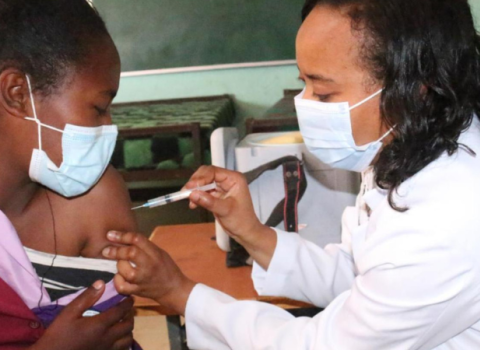
AstraZeneca’s R&D centre near Boston.
Europe’s knowledge economy was found wanting yet again, as one of the continent’s leading science-based companies, AstraZeneca plc announced a US$100 million research investment at its R&D centre near Boston, Massachusetts.
The investment, to develop treatments for infectious diseases, marks a major diversification for the UK-based company, as it attempts to fill an impoverished-looking pipeline.
AstraZeneca said it chose Boston because it “gives the company access to the leading scientific talent, potential partners and collaborators, and emerging science in a worldwide biotechnology hub”.
The new development will involve taking on up to 100 additional researchers, to add to the 400 cancer researchers AstraZeneca employs at the site now.
“This investment will significantly boost our research capabilities in two critical areas of medical need,” said David Brennan, CEO of AstraZeneca. “It will provide additional resources for our scientists, who are tackling more complex diseases than ever before.”
Construction of the new 12,260 square metre facility will begin at the Waltham, Mass. site during the first quarter of 2007 and is due to be completed by mid 2009. AstraZeneca first set up an R&D facility in Boston in 1995. In 2000, it opened the facility in Waltham, which has since expanded from 15,800 square metres to the current 23,250 square metres.
Since the opening of AstraZeneca R&D Boston, scientists there have discovered three potential drugs – which are under development to treat different cancers including breast, ovarian, thyroid and prostate cancer – and two novel-class candidate drugs for the treatment of serious skin infections, chronic bronchitis and pneumonia.
According to the World Health Organization 41 per cent of the global disease burden is due to infection. Outside the European Union and US, infections cause more ill health than all other diseases combined.
There has been a worldwide decline in the delivery of new antibiotics – only 10 new antibacterials have been introduced since 1998, of which two were truly novel. Meanwhile, resistance to current drugs continues to grow.





 A unique international forum for public research organisations and companies to connect their external engagement with strategic interests around their R&D system.
A unique international forum for public research organisations and companies to connect their external engagement with strategic interests around their R&D system.